One of my goals for 2025 is to read from a craft book in the morning and to work through the exercises in it. Last year I got into the lovely habit of starting my mornings by reading in my wee sunroom while working my way through the Bible (one of my 2024 goals that I actually completed), and I came to love starting my day in this quiet way. I wanted to keep the habit going, and my shelves are littered with craft books, several of which I haven’t read, so it fit.
The goal is really simple. I’ve learned that setting lofty goals doesn’t work for me. If they’re too much, I slip-up on hard days, feel guilty that I missed them, and throw in the towel when the perfectionist part of my brain can’t cope. So, the goal is simple! All I have to do is read five pages a day.
The first craft book I read has been on my list for years: Ursula K. Le Guin’s Steering the Craft. It didn’t disappoint. Le Guin breaks this already short book (just 135 pages without the glossary) into easily digestible chapters, making it a pleasure to read. This book is full of classic western advice you’d expect from a literary giant like Le Guin.
I found the exercises to be helpful, and I think the entire book is worth reading for the chapter, “Point of View and Voice.” If you work through the hefty exercises in this chapter, you will think about POV in new ways. I know I did. As someone who typically writes in close third, I experienced the value of writing with an … <insert gasp> … omniscient narrator, which Le Guin refers to as involved author. If you work through the POV exercises, I strongly recommend you follow Le Guin’s suggestion to use the same scene or story idea for each of the exercises, because it’s only then that you see how different a story turns just from shifting the point of view.
One of my favorite bits of this book is at the end though, when Le Guin touches on something that I struggle to embrace in writing books and advice: formulaic story structure recipes. And because I sure as hell can’t say it better than Le Guin, here it is:
“But most serious modern fictions can’t be reduced to a plot or retold without fatal loss except in their own words. The story is not in the plot but in the telling. It is the telling that moves.
“Modernist manuals of writing often conflate story with conflict. This reductionism reflects a culture that inflates aggression and competition while cultivating ignorance of other behavioral options. No narrative of any complexity can be built on or reduced to a single element. Conflict is one kind of behavior. There are others, equally important in any human life, such as relating, finding, losing, bearing, discovering, parting, changing.
“Change is the universal aspect of all these sources of story. Story is something moving, something happening, something or somebody changing.
“We don’t have to have the rigid structure of a plot to tell a story, but we do need a focus. What is it about? Who is it about? This focus, explicit or implicit, is the center to which all the events, characters, sayings, doings of the story originally or finally refer. It may be or may not be a simple or a single thing or person or idea. We may not be able to define it. If it’s a complex subject, it probably can’t be expressed in any words at all except all the words of the story. But it is there.”

It was so refreshing to find this in a popular craft book. Some of the best stories I’ve read and worked on have had loosely knotted plots. Another editor might have tried to tighten those knots, to reshape them. I’ve tightened and reshaped many a plot, but I think some stories aren’t meant to be tightened. And this is something I’ve always felt and known, as a reader.
Sometimes a story works even though it shouldn’t, and sometimes what makes a story special, you can’t quite put into words.* And this is something I’m always conscious of as an editor. I never want to be the person who tries to reshape a story that’s purposefully and perfectly misaligned. I think it’s important that we’re always open to unexpected genius. It’s out there, and too often it’s crushed before it blossoms. I think of Moby Dick, and how I can see today’s editors cutting entire chapters of Melville’s masterpiece. While the publishing world of Melville was small and anything but diverse, I wonder if its editors were more willing to take creative risks. I think it’s important to make room for brilliant, atypical work to exist. This is probably why I love working with magical realism, fabulist, weird, and genre-bending fiction, because generally speaking, they dare.
My hope is that spending so much time with craft books this year will make me a better writer and a stronger editor. Up next is Andrew Cowan’s The Art of Writing Fiction, which is pretty exceptional so far and is meant to be the equivalent of a college level creative writing course.
*It should be noted that this is uncommon and only happens with books whose strengths tie their story together and keep the reader from noticing the loose knots.




